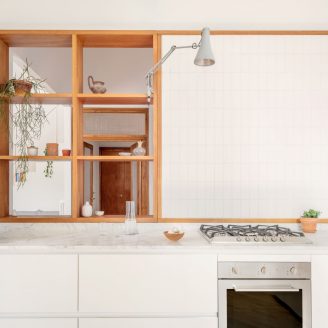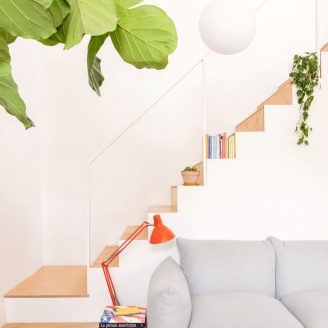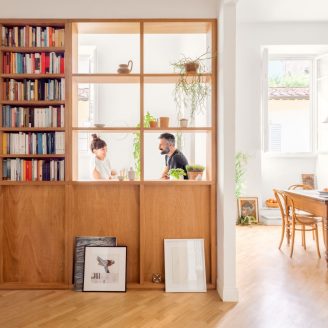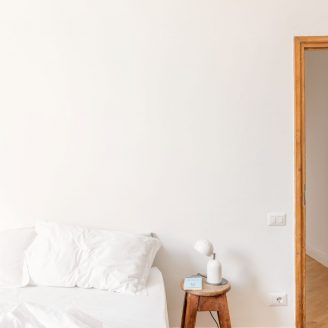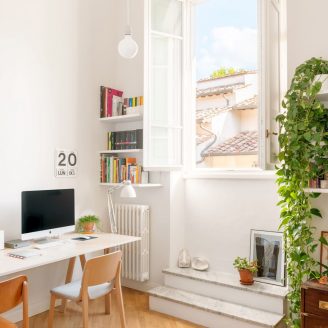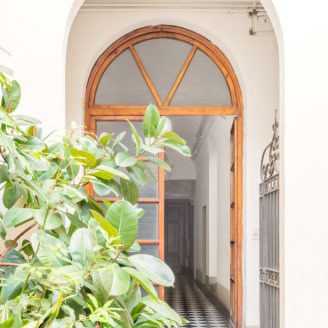House VB is the project designed by DEFERRARI+MODESTI for the interior spaces of a residential apartment just a few meters from the Basilica of Santa Croce, in Florence.
Conceived for a young couple active in the field of design, the apartment is contemporary and functional with a Franciscan atmosphere derived from the location: a thirteenth-century convent. The project immediately faced the fascinating context that still retains numerous original features. Over the centuries, the building has undergone various transformations, including a period when it housed an elementary school active until the 1950s.
The apartment impressed people immediately with its light, streaming in through four large south-facing windows. Each window offers an unusual view of the bell tower and the rear of the Basilica of Santa Croce, typically difficult to observe from this perspective. High ceilings and the presence of a spacious and bright second level in the attic add further value to the apartment.
From the entrance to the building, there is an almost convent-like, Franciscan atmosphere with spacious and white spaces, devoid of unnecessary decorations. The approach is minimal, especially in the design of custom furniture. Targeted interventions were chosen, preserving elements that recall the apartment’s past, such as marble steps under each window, ancient doors, and cast iron radiators.
The project focused on promoting a greater connection between the kitchen and the living room, originally separate, with the goal of increasing brightness in the entrance through specific interventions without altering the original floor plan.
The project integrates a key element in the central distribution space: a wooden device that serves as a wall-filter between the entrance and the new kitchen area, allowing light to permeate to the hallway. This equipped wall becomes a central element in defining the space and features of the house, with a regular geometry that places the couple’s design library at its center. The filter operates on two fronts, with two different perspectives: on one side, it acts as a bookshelf, while on the other, it shapes and rhythmically frames the kitchen, enclosing it with white ceramic cladding. This creates a visual connection between the spaces.
The living area opens into a spacious and bright room. The staircase leading to the second level is a prominent architectural element in this space. It develops as a single wooden ramp leading to the upper space. A connection that reads as a solid, geometric volume and at the same time, non-invasive. The design and materials of the staircase follow the essential language used for the rest of the furniture, effectively engaging with the context and the couple’s historical furnishings. The space on the second level, under the roof, will transform over time according to the couple’s needs, currently housing the laundry area.
An arched opening serves as the threshold to a more private area, consisting of an office space with a double workstation and a master bedroom. The bathroom project follows the imprint of the house, with white ceramic cladding in the shower, plastered walls, and concrete flooring.
Furthermore, within the project context, special attention was given to the recovery and enhancement of the existing oak floor, restoring its natural honey-colored shade. This same material was used for the kitchen’s new flooring, ensuring continuity and visual coherence throughout the space.
The furniture selection was carefully curated with the owners, blending iconic pieces, family furniture, and items found in flea markets, including elements of anonymous design.
The combination of these elements contributes to the unique atmosphere of the house, where objects, lighting, and furniture interact harmoniously to create a tranquil and welcoming environment.






